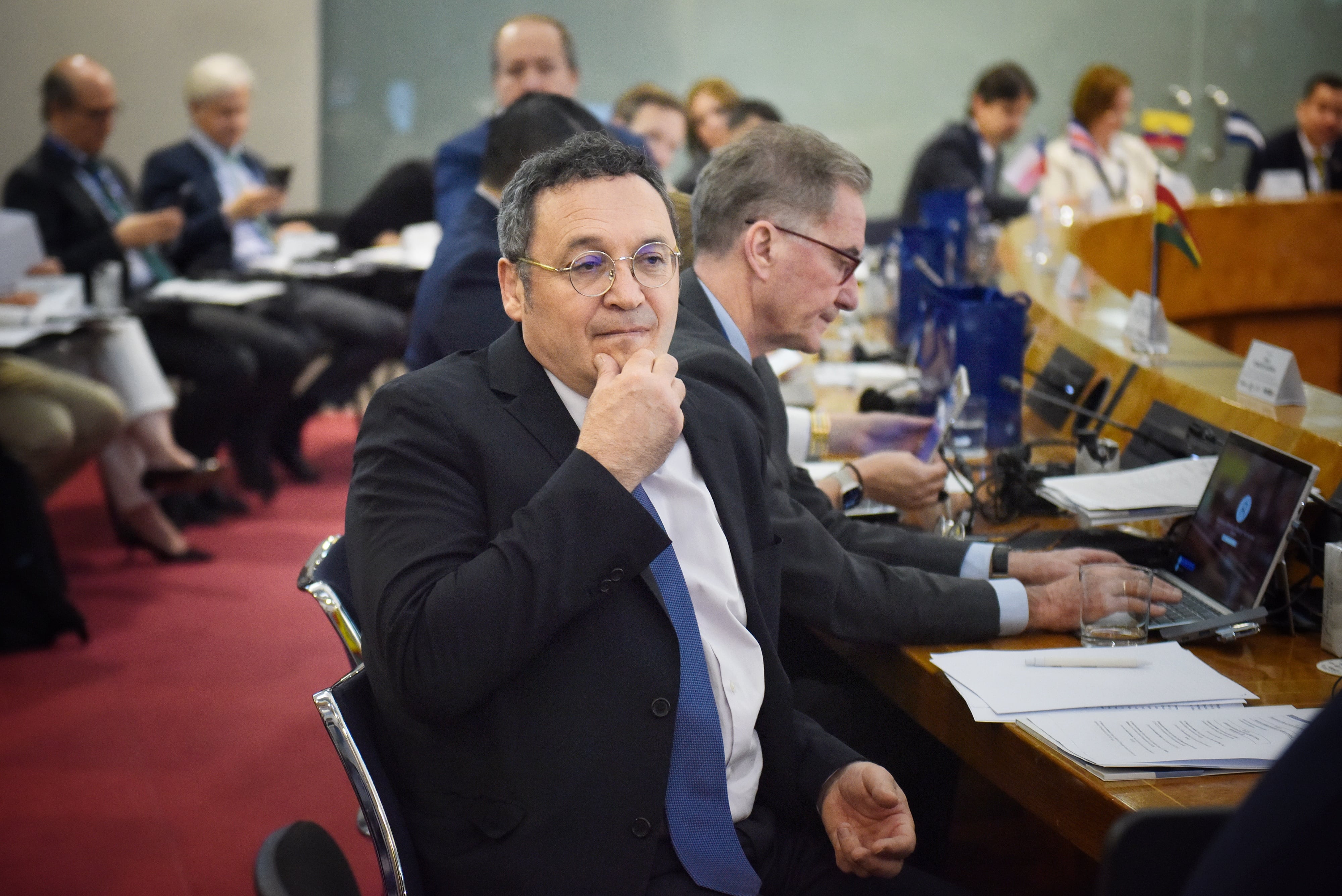The vicissitudes of a symbolic bridge for Talavera de la Reina with few Roman vestiges | Spain

Next to the sadness and the impact to see how the old bridge of Talavera de la Reina (Toledo, 84,000 inhabitants), a whole symbol of the city, It has collapsed in two sections by the flood of the Tajo Riverthis Sunday a debate has been opened, especially on social networks, about whether this work of engineering can be considered a Roman bridge, as the municipal tourism office is called or the political representatives refer to him and his neighbors know him. Two experts consulted by El País reject that they are classified in this way leaning on that very few vestiges of this era survive or even doubting some. They also remember, as the Castellanomanchego government itself collected when they declared it well of cultural interest, which has suffered numerous and important remodeling throughout its history, some of them by other strong avenues of water. The local poet and chronicler Ángel Ballesteros came to baptize him « Puente de los Remientos », for his numerous modifications.
Francisco Álvarez, historian, writer and « Romanologist », as he defines in his profile of the social network X, considers that, if something of the Roman era can be part of one or two pilasters in the northern part of the bridge. » Álvarez, who this Sunday has launched a message on social networks alerting the error of placing the origin of construction at that historical era, recalls that “it is not the first time that (this infrastructure) falls through a river flood” and that it had to be rebuilt for this reason in the seventeenth century. « It is evident that it has a cultural interest and that it is worthwhile to stand up, but the ‘Roman’ is still an appellation without historical support. » In the same vein, Isaac Moreno, a civil engineer and historian, who in telephone conversation with the country is manifested, shows his doubts that in the bridge “there is a single stone of the Roman stage and even medieval”. Romero emphasizes that in the infrastructure that has now come down due to the flood of the river there are even elements of the twentieth century.
As much as they say on TV and the news that the Roman bridge of Talavera has fallen, I regret to inform that it is not Roman. I understand that this seems more news because it is rare that a Roman bridge falls, but this one in particular, built in the fifteenth century, has already fallen … pic.twitter.com/dc6haq2lzr
– Paco Álvarez Romano (@Romanos_somos) March 23, 2025
The Old Bridge or Santa Catalina has historically served as a route of communication with La Vega located in the southern margin of the city. « It has its origins in a previous structure of the Roman era, whose work is partially reuse as the foundation of the first batteries in the northern margin, » said the Ministry of Culture of Castilla-La Mancha in the agreement for which it was declared a good of cultural interest in May 2021.
This Talavera bridge is not Roman, but in effect, the Tagus, like most of the great peninsular rivers, is a terrible river.
Hopefully the unnecessary works of the new bridge of Alcántara do not affect the Roman with this flood.– Isaac Moreno Gallo (@imorenogallo) March 23, 2025
« A mosaic »
The oldest documentary reference of the bridge dates from 1227, when King Ferdinand III ordered to control the commercial transfer in the bridges of the Tagus. « From its construction, various conservation works were undertaken, despite which they did not prevent the bridge from deteriorating throughout the history of the infrastructure with phenomena such as 1625 and 1626 avenues, » details the Ministry of Culture. Throughout the twentieth century it continued to suffer the same problems of the previous centuries. In the early 21st century it was conditioned so that pedestrians and cyclists could pass. « The result of the reconstructions of which this monument has witnessed, have made it a mosaic of different types of works, » says the Castilian -Romanchec Executive.
The Talavera de la Reina Tourism Office presents it as “the oldest bridge” with which the municipality has. Although in its description it affects its « first Roman origin », it emphasizes that the « great construction » is undertaken towards the end of the 15th century under the direction of Fray Pedro de los Molinos maintaining, « more or less », the same aspect as today. « The bridge has been in permanent reconstruction. The last restoration has taken place in 2002, » they detail. In a small audioguía, they specify that « the most primitive part, of Roman origin, Below the water level, and corresponds to the foundations of the first section. ”
Regardless of their denomination, the consternation of the neighbors and the authorities for the destruction of the heritage that has caused A flow that has reached 1,400 cubic meters For the second, he has joined the mayor of the city, José Julián Gregorio (PP); To the president of the Board, Castilla-La Mancha, Emiliano García-Page (PSOE), and to the President of the Government, Pedro Sánchez (PSOE), in his efforts because the affected sections rise again and the city is re-connected. Sánchez has offered the executive’s help for the reconstruction of the infrastructure and the regional president has also committed all his support to fix the bridge and allow, at least, “its pedestrian use”. It has been a « malazo to the heart of the city, » his councilor summarized.







